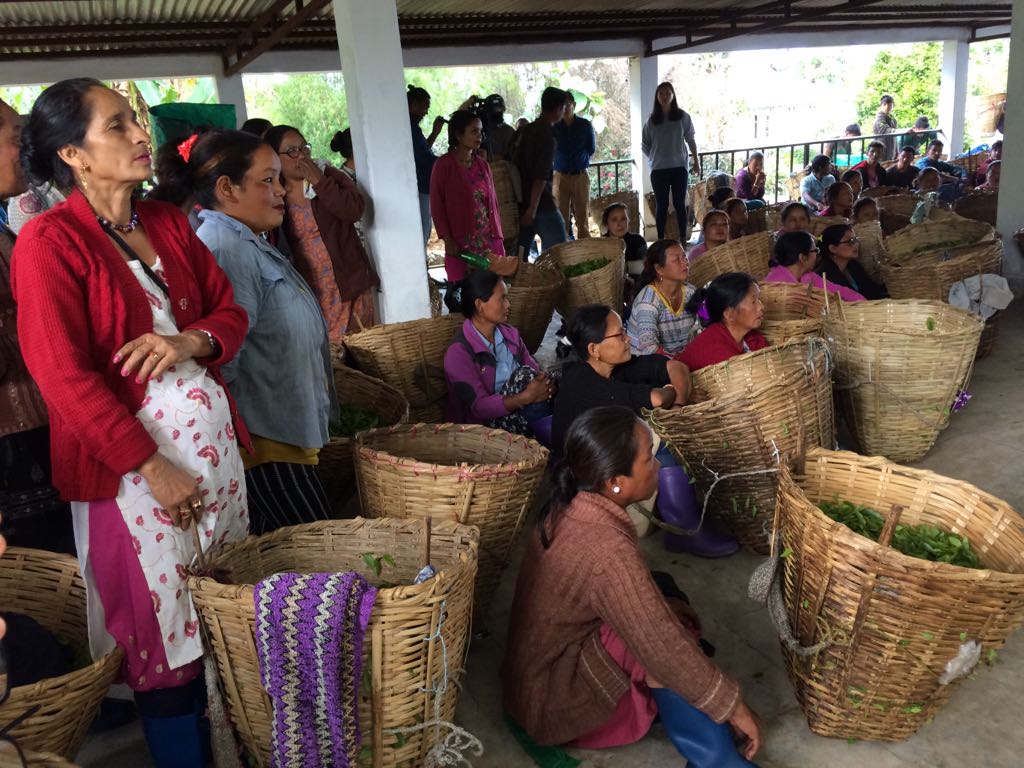

When starting these policies, mainstreaming of organic and agroecological farming in the whole state was seen as a strategy to preserve the ecosystem of the state and the health of its citizens. The government was (and still is) convinced that this decision would deliver huge socioeconomic benefits, would help young people stay on the land, and would attract local and foreign sustainable tourism, while opening opportunities to reach premium organic markets.
Political commitment to support organic farming in Sikkim began in 2003. That year, the Chief Minister of Sikkim, H.E. Pawan Chamling, announced his vision for Sikkim to be India’s first organic state. In a historic declaration to the State Assembly in 2003, H.E. Chamling announced “a long awaited policy initiative of declaring Sikkim as a fully Organic State”. The 2003 declaration was accompanied by the creation of an action plan containing a variety of policy measures, including a gradual phase-out of synthetic inputs and the support for the production and use of organic fertilizers and organic seeds, coupled with capacity building for extension officers, farmers and young people.
Back in 2003, there was still no clear agreement on how to progress towards the goal of a fully organic state. To move forward with this objective, in 2004, the government came up with a working policy and in August 2010, it launched the Sikkim Organic Mission to implement the action plan and policies related to organic farming in the state, with the target of converting the entire state into an organic one by the year 2015.
The road map that clearly detailed all the measures necessary to achieve the target of becoming a fully organic state by 2015, was key, along with the setup of the Sikkim Organic Mission, to achieve the vision of Sikkim becoming the first 100% organic state in the world. The Sikkim Organic Mission – with its goal of becoming a fully organic state – is the first such far-sighted and visionary policy commitment by a state in India and indeed the world. By implementing this political strategy, Sikkim shows that it is taking all necessary measures to reverse the prevailing economic logic that favours forms of food production that fail to account for the contributions of nature. This action plan, together with its linked policies, is unique in its boldness. Remarkably, it allowed Sikkim to achieve its target of converting the entire state to organic agriculture by December 2015. This is the first time in history that a state set such an ambitious vision and also achieved it.